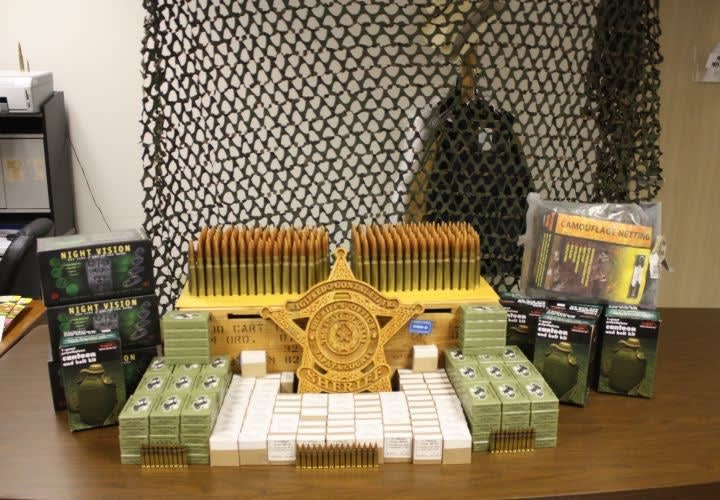In the last three years, 23,000 people are estimated to have been killed in the Mexican drug gang violence. This daily body count rivals totals from Iraq and Afghanistan, but the U.S. downplays any "cross-border spillover" or homeland security threat. None dare call this terrorism.
Perhaps Mexican body count statistics are not sufficient to convince some that the drug cartels fit the definition of terrorists. Let's take a trip to Zapata County, Texas.[PAGEBREAK]
In the happier 1950s, a dam was built on the Rio Grande River, creating a 99,000-acre reservoir stretching more than 60 miles along the international border. The man-made lake was named the International Falcon Reservoir. Both Mexican and American citizens benefit from the flood control, irrigation, water, power and recreation the lake provides. Falcon Lake is famous for the monster bass that abound in its waters. Stretching across the lake is the international boundary marked by a series of 14 large concrete beacons, but fisherman from both countries often would venture across the line to seek more and bigger fish.
More recently tons of marijuana and other drugs have been intercepted by U.S. law enforcement crossing Falcon Lake. Last year, the Border Patrol seized 18,000 pounds of weed valued at over $14 million. This makes Falcon Lake a valuable smugglers' route, valuable enough to go to war over.
Zapata County Sheriff Sigi Gonzales has done more than his part in leading his deputies in attempting to police this border territory. In March of this year, when he began to get reports of Russian helicopters flying over his county, he was doubtful. Soon he was provided with close-up digital photographs of a Russian chopper flying at treetop level. Sheriff Gonzales contacted the surrounding military and civilian airports and radar stations in an attempt to confirm the Russian chopper sightings.












